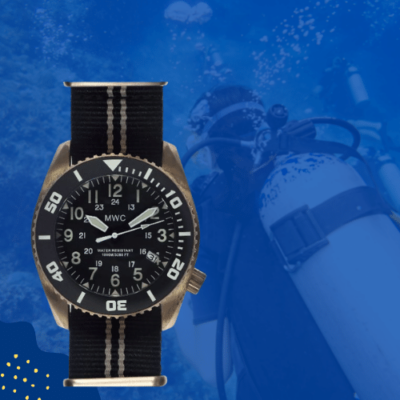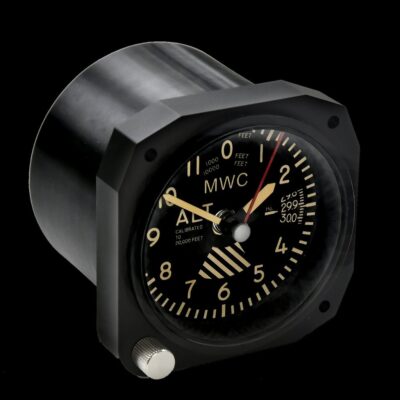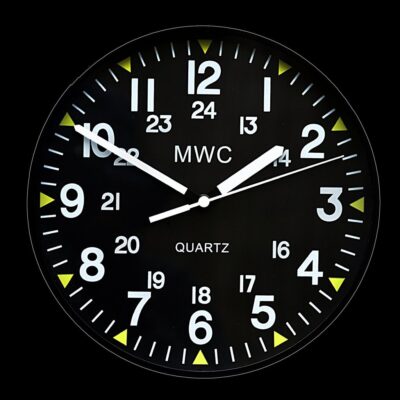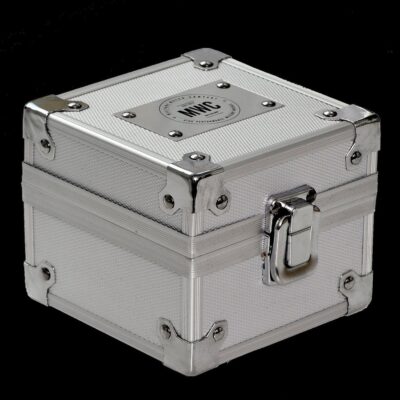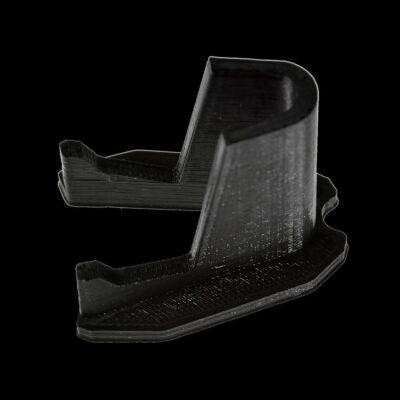News
Images Confirm Nuclear Reactor Covers in Place on World’s Largest Supercarrier in China
New images from Dalian shipyard in China’s Liaoning province have confirmed the installation of a nuclear reactor containment structure on the country’s next generation aircraft carrier, which provides a key indicator of a nuclear propulsion system, the integration of which has long been speculated. The structure closely resembles that on the U.S. Navy’s own nuclear powered supercarriers. The publication of the new images follows both the commissioning of China’s first supercarrier, the conventionally powered warship Fujian, on November 5, and comes a year after the publication of reports in November 2024 indicating that a land-based nuclear reactor prototype designed to power surface warships was being constructed near the city of Leshan.
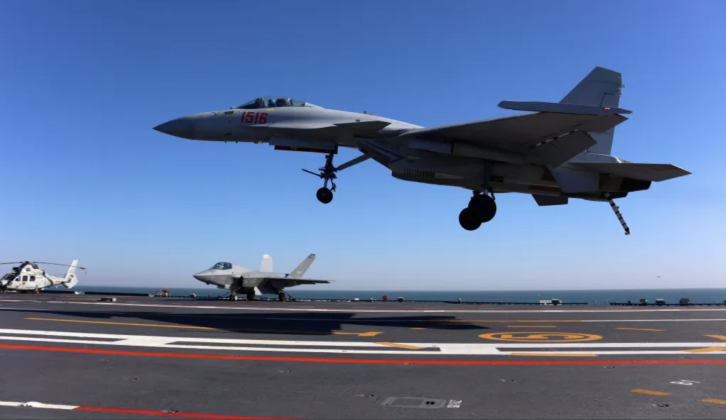
The development of a nuclear powered aircraft carrier indicates ambitions for a truly global naval presence, with the ability to conduct far ocean operations for extended periods. Nuclear propulsion systems are considerably more costly both to produce and to sustain, and can have adverse affects on carriers’ availability rates due to the extensive maintenance times they often require, as is the case with the U.S. Navy’s own supercarrier fleet. It has thus been speculated that the Chinese People’s Liberation Army Navy may be planning to procure both nuclear and conventionally powered supercarriers in parallel, the former for far seas operations and the latter for operations in Western Pacific. The country’s first nuclear powered supercarrier currently under construction is expected to displace over 110,000 tons, making it the largest warship in world history.
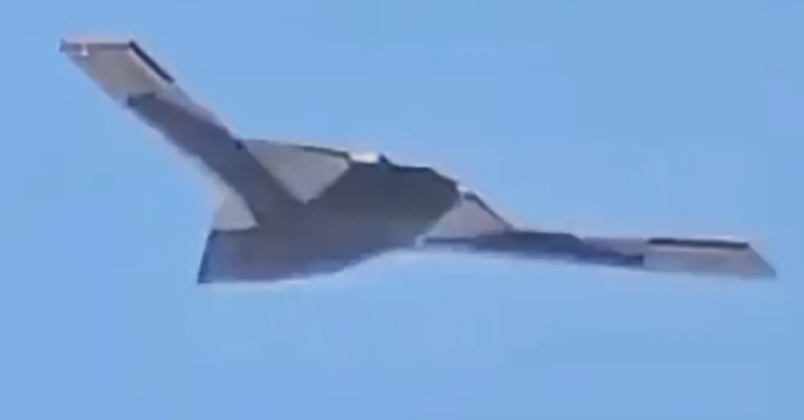
The development of nuclear powered aircraft carriers would follow a broader trend toward the People’s Liberation Army seeking to be able to project force against faraway targets, and particularly the Untied States mainland, in response to the vast American military buildup surrounding Chinese territory over the past 15 years. This has included destroyer operations near Hawaii and Alaska, and in July 2024 the first bomber patrols near Alaskan airspace. The development of intercontinental range stealth aircraft is also expected to provide a penetration bombing capability against targets on the American mainland, with new flight prototypes being significantly larger than the American B-21 that is currently being developed to be able to strike Chinese targets. New generations of attack submarines and cruise missiles have also been developed for this purpose. The ability to deploy carrier groups to the mid- and Eastern Pacific for operations would further shift the balance of power towards a greater degree of mutual vulnerability between the world’s two leading military powers.



